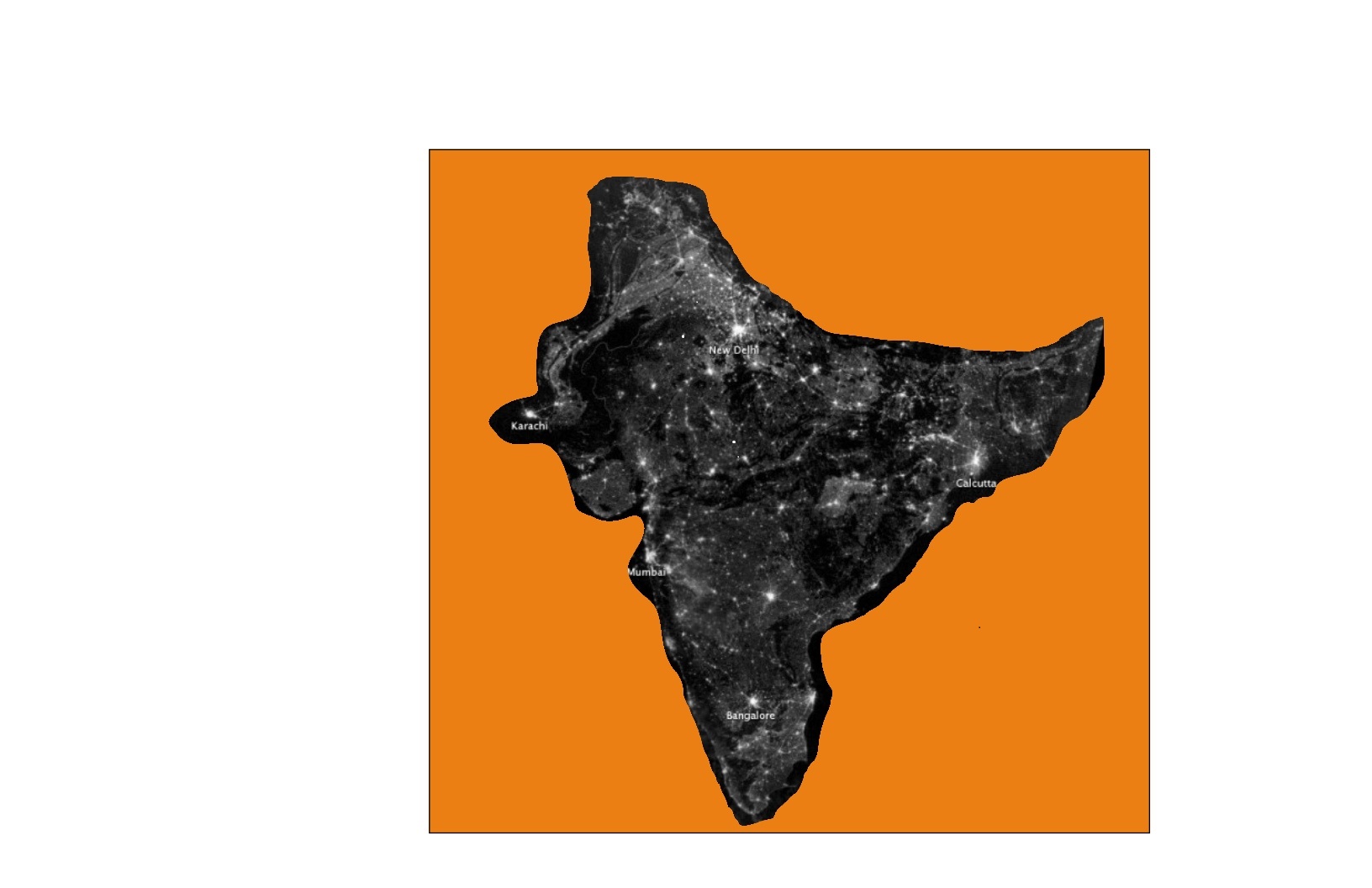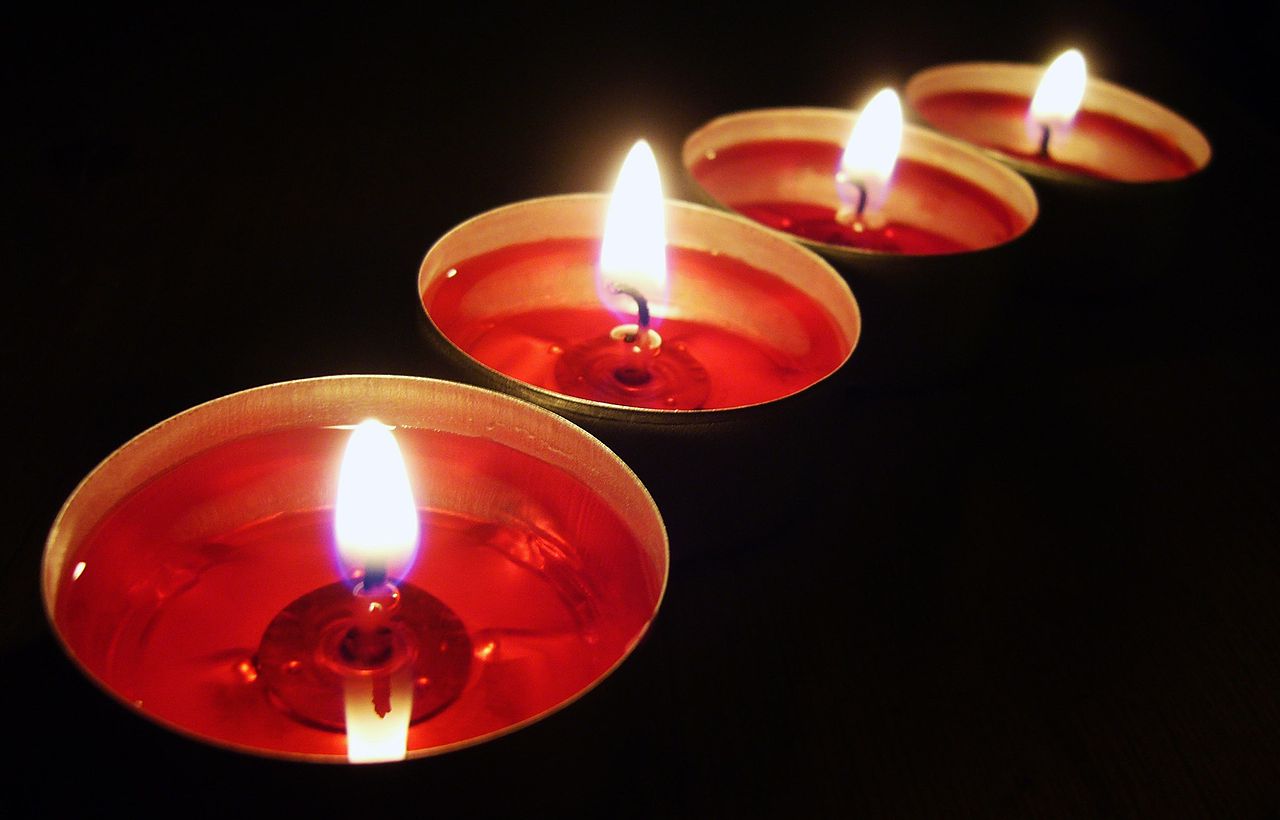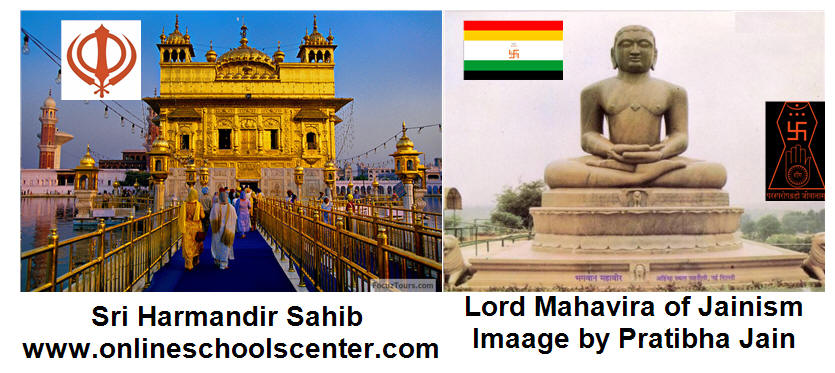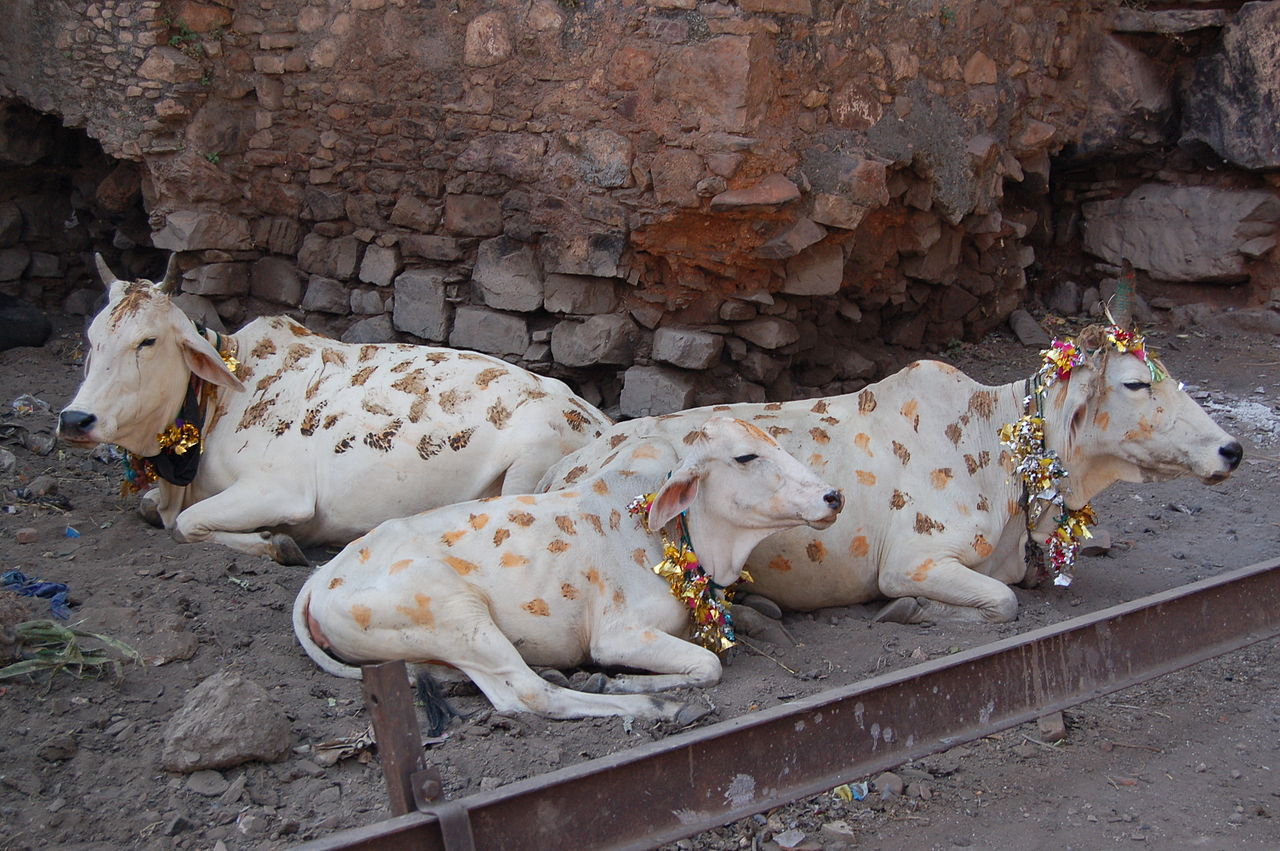Divali and Haloween come around the same time of
the year. Dīvāli
is a Hindu festival of lights, celebrated over a five-day period in
autumn (Oct-Nov 2016) by Hindus, Jains, Sikhs... It depicts victory of
virtue over evil, light over darkness, science over nescience (knowledge
over ignorance), and hope over despair.
SYDNEY, AUSTRALIA, October 22, 2016 (Khaleej
Times): Australia's iconic Sydney Opera House is about to turn golden
for a night in celebration of Diwali, the traditional Indian festival of
lights. New South Wales Premier Mike Baird will visit the Opera House
next Friday night to witness its color change. Before that, Baird is
expected to attend a traditional Hindu ceremony at the Museum of
Contemporary Art here. From 8 p.m. to midnight the Sydney Opera House
will shine golden, and the illumination will be visible along the
harbor. Diwali, which celebrates the conquest of light over darkness and
truth over ignorance, is celebrated by Indians all over the world. It
falls on October 30.
Dīpa (தீபம்) is Light. Āvaḷi (ஆவளி) is row (of lights). The Supreme Soul is the Light and the individual soul is the fire. Man's mind has a recess of darkness and is a repository of many afflictions: Egoism, jealousy, aggression, haughtiness... We should burn these unwelcome qualities by the fire of wisdom and enjoy the descent of Light of wisdom in our soul. Light is illumination of the soul in Hinduism. In Halloween, Light in the Jack-o'-lantern is the soul of the departed, looking for a final resting place. That resting place is heaven in both religions.
Below is the NASA image of India with Divali Lights brightening the whole of South Asia..
The Purāṇas
list many reasons for the celebration of Dīvāli
in stories.
Rama, the epitome of goodness completed 14 years
of exile in the forest. When he returned home with Sita and Lakshmana,
the subjects welcomed him with glee, glow and lights.
Krishna was Varaha Avatar (Lord Boar). Krishna and
Bhudevi had an asuric (demonic) son in Kokamukha in today’s Nepal.
Hindus celebrate the festival of Lights on his death anniversary.
It is reckoning with the evil in each
one of us and a determination to eliminate them. It is purification of
body, mind and soul. Krishna (Satyabhama) killed the
demonic Narakāsuran
(the evil in us), the day, he requested celebrated as the Festival of Lights.
Wherever Hindus live, the festival is celebrated.
In Skanda Purana, Siva takes Sakti as his left half
and becomes Ardhanarīsvarar
upon her completion of a 21-day Kauthāra-gauri
Viratham (கௌதாரகௌரி விரதம்).
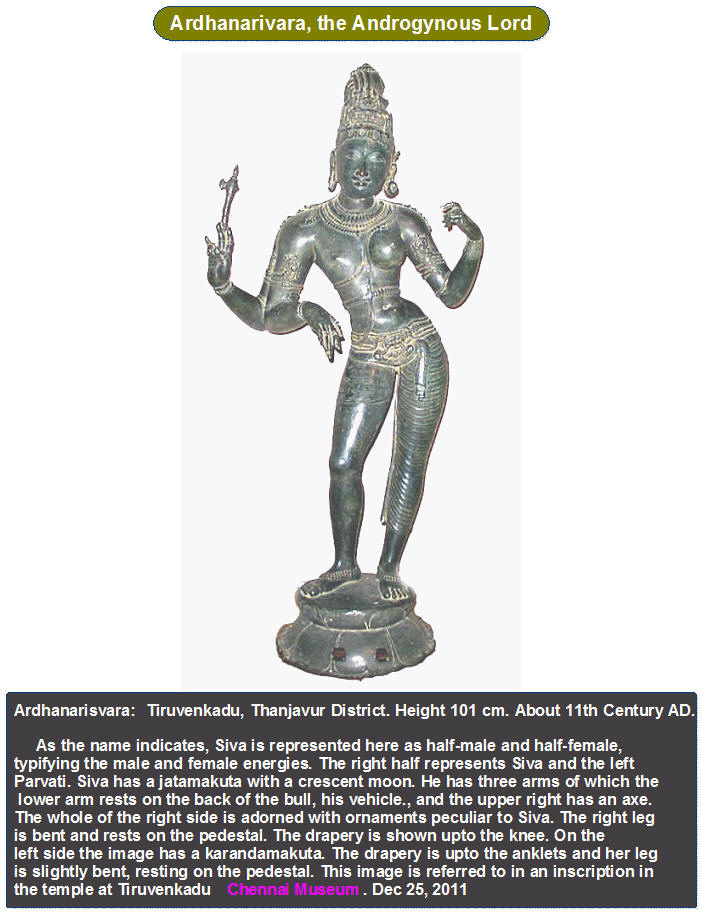 Women
and unmarried girls observe this Viratham (Virata, vow, observance) for
inseparable long life with their husbands and obtaining a good spouse.
Women
and unmarried girls observe this Viratham (Virata, vow, observance) for
inseparable long life with their husbands and obtaining a good spouse.
Kètāram
is the cultivable fields down the slopes of the Himalayas, where Siva
appeared as Svambhu-lingam (Kètārīśvarar).
Sakti-form Parvati performed Viratham and became Ardha-nāri.
The day she became part of the body of Siva in the form of Ardhanarīsvarar
is marked for observance. Since she did the penance under the Banyan
tree, it is called Kètāra
Gauri Viratham. Since she worshipped
Īśa,
her name is Kètārīśvari.
The story of Viratham.
Siva and Parvati in Kailas with celestials
witnessed a dance performance by sage Bhringi, who after the
performance, paid homage to Siva and circumambulated Siva excluding Parvati. In a fit of annoyance, Parvati left for the
Āśrama
of Gautama Muni. When Gautama returned to his hermitage, there was a new
brilliance to the
Āśrama.
Where there was drabness, cheer spread like sunshine. He concluded it
was Ambika's presence for the effulgence.
Gautama: My homage to you, goddess. What is the
reason you came to my hermitage?
Parvati: I want to become one half of the body of
Tapasvi, my husband Siva. I need your help.
He raked his brain and researched Purāṇas
and other sacred texts, and came up with a solution: Kètèsvara
Viratham.
Gautama: Here is the procedural details of
observance of Viratham.
Parvati observed the Viratas for a 21-day period.
She merged with Siva and became the left half of the body of Siva and
now offers grace to the
devotees in that form.
Ambika (Parvati): My great God, my husband. Please
confer all graces and opulence to a woman or girl who makes this vow and
completes it.
Siva: So be it.
Demonic Hiraṇyāksha
(Golden Eye) hid the Vedas.
Mahavishnu went to the deep underworld and vanquished the demon. Later
Bhudevi gave birth to a son, Bhauma (son of Bhūmi
= son of the Goddess of earth), who after much penance obtained a boon
from Brahma that stipulated he would not die except in the hands of his
mother.
Later he went by the name Narakāsuran
(demon from hell) because of his atrocities on humanity.
Bhudevi at the time of Avatar of Krishna took birth
as Satyabhama, who forgot she was the mother of Narakāsuran
in previous birth. Krishna
coached her as a charioteer, an accomplished warrior with bows and
arrows, sword fighter...
He served as her charioteer.
In the war against Narakāsuran,
Krishna was injured and fell down pretending to be unconscious.
Finding her husband in the precarious condition
between life and death, she went to war with Narakāsuran
and killed him. Realization came Narakāsuran
was her son who sustained death from her (mother).
People celebrated his death anniversary with lights
as a preventive measure, reminder and prayer that parents should not
beget evil sons. This was the request Satyabhama made to Krishna.
People received boon that the oil lamp becomes sanctified, the
oil for the lamp is pervaded by Mahalakshmi, and the water for use
becomes pervaded by Goddess Gaṅgā
Devi.
Dīpāvaḷi
அறுசுவை aṟu-cuvai
= Six Flavors.
The six flavours,
viz.,
கைப்பு-bitterness,
இனிப்பு-sweet,
புளிப்பு-sourness,
உவர்ப்பு-saltiness,
துவர்ப்பு-astringency,
கார்ப்பு-pungency;
The Sikhs celebrate this day as the day of
beginning of construction of the Sikh Temple.
The Jains consider this day as a marker for Nirvana
of Mahāvīra.
The celebrants wake up early in the morning, apply
and anoint the elders‘ feet with Nalangu (Turmeric, lime...paste). The
take a Ganga shower. People wear new clothes and bust firecrackers.
People wear traditional loincloths and saris. The houses reverberate with wind instruments (Nadasvaram from audiotapes or discs). Sweets and gifts are exchanged between households and people. They pay homage to the elders and receive their blessings. People use digestive electuary on that day because of their indulgence.
Sanctified bath or shower is the name for ablution
that day. The water becomes one of Ganges, oil is Lakshmi,
Soap-pod wattle powder is
Sarasvati, Kum kum is Gauri, Sandalwood paste is Bhudevi, new clothes
are Mahavishnu.
It is a traditional belief that Goddess Ganga Devi
pervades waters in wells, ponds, lakes, rivers...
The firecrackers are forbidden in bird sanctuaries.
Below is the image of decorated white cows: Wikipedia.
The gods and anti-gods (Sura and Asura) churned
the regenerative ocean and obtained Ambrosia.
The Asuras kept the
Elixir of Immortality for themselves. Though the gods and the antigods
were to share the nectar of immortality, Vishnu took it away from them
by playing the role of an enchantress.
Asura: Inimitable Mohini, please intervene and
broker the partition of Ambrosia between the Suras and Asuras.
Mohini: Thanks for your
trust. I am a loose woman of ill-repute.
Please
don’t put your trust in me.
Asura: Being beautiful and enchanting, we doubt
very much you would be partial.
Mohini agreed to distribute the Ambrosia
equitably between the vying parties. She took the pot of Ambrosia, gave
it to the gods and sweet-talked the daityas into believing she was an
honest broker. She gave them the Pablum of sweet words and the gods the
nectar of immortality.
While the gods were imbibing the nectar of
immortality, the daityas had nothing left to imbibe but listen to the
sweet words of Mohini.
Halloween (Hallowed Evening or Holy Evening)
coincides with Dīvāli.
It is remembering the dead, the saints (hallows), the martyrs and the
dear departed souls who have not yet reached heaven. Celebration is
Christian but becoming a secular tradition.
Some Christians forego meat on this All Hallow's
Eve. In this respect, it shares its value with Dīvāli.
There are lights, Jack-o'- lanterns, costumes,
scary disguises... Children accompanied by an adult go from house to
house trick-or-treating and getting usually candies.
The wandering souls wreak vengeance on their foes
by wearing disguises and then enter the next world. The faithful put
lighted candles (soul lights) in every room, so the light guides the
departed souls through their earthly house.
The scary depictions in the front yards of the
celebrants are put up to scare evil spirits. The Jack-o'-lantern is the
wandering soul in limbo, denied entry into heaven or hell. Their
passports do not have proper entry permits. This reminds me of the
SriVaishnava Tenkalai souls liberated from earthly existence but has no
visa to enter heaven.
கைவல்லியம் kaivalyam
or
கைவல்யம் Final emancipation;
மோட்சம் =
detachment of the soul from matter or further transmigrations; soul in
free pure form released from bondage. (Soul is free but does not reside
in Vaikuntam or Vaishnava heaven. Kaivalyam is the free state of the
soul wandering far away from the Virājā
river. Kaivalyam (Liberated but
not a god-realized soul = Bhagavad Sakshatkara) guarantees freedom from rebirth but the soul
does not enjoy the inner sanctum of Paramapadam and the company of
Vishnu, Sri, Bhu, Nila and Nityasuris.
Virājā
= without Rajas (Rajas = passion and action). Once subtle body immerses
and wades through the Vraja River, it is cleansed of Rajas and Tamas and
shines with Sattva. When the gross body is left behind at death, the
subtle body goes on the Arciradi (lighted) path, wades through the Vraja
river and sheds the subtle body and gains a divine body.
Jack carries the Jack-o'-lantern (the light is his
soul) in search of the final resting place (preferably heaven). Think of
Ten Kalai of Hinduism who wanders at the periphery of heaven and has no
entry visa into heaven.

